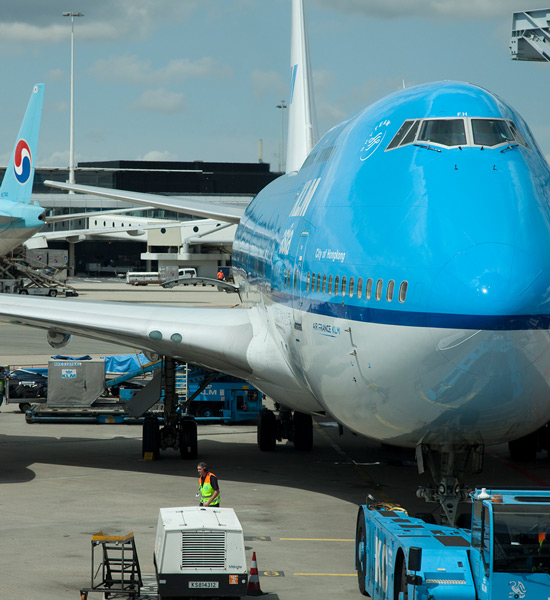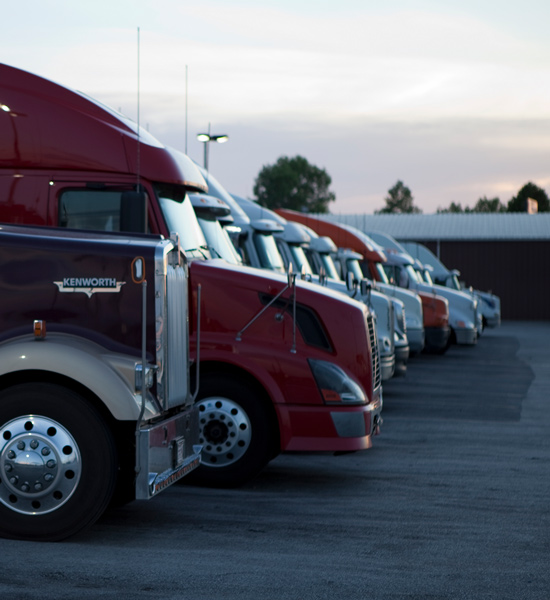Global Packaging Company Partnership Benefits
Packaging Materials
Export packaging material plays a key role to ensure your product arrives safe and secure at its final destination, and there is a wide range of packaging product options from which to choose. There are innovative packaging products engineered to protect exports from stacking pressures, vibrations, drops, and climatic stresses or moisture– as well as from bending, cutting, or compression. Different kinds of blocking materials are used in order to immobilize products and assure the right cushioning, while void-filling materials totally fill the empty spaces around the packed product for secure transport. A skilled packaging design company can help you save on handling, loading, and unloading costs with a foldable package, or can provide returnable or eco-friendly reusable packaging. The options are numerous, adaptable, and flexible – based on your particular preferences, goals, and needs.
Dangerous Goods Packaging
Dangerous goods classes
Exporters of potentially dangerous goods and products must use appropriate packaging to protect these nine different categories or classes of hazardous goods:
Class 1: Explosives
Class 2: Gases
Class 3: Flammable liquids
Class 4: Flammable solids, which are substances liable to spontaneous combustion and substances which, in contact with water, emit flammable gases.
Class 5: Oxidizing substances and organic peroxides.
Class 6: Toxic and infectious substances.
Class 7: Radioactive materials.
Class 8: Corrosives.
Class 9: Miscellaneous dangerous goods.
Dangerous Goods Packaging Groups
In order to safeguard hazardous goods, a global packaging designer will offer a full range of products that cover each of these three primary categories of packaging:
Packaging Group I (X): This is the sturdiest packaging, for the most dangerous goods that would include such substances as cyanide or infectious viruses. To qualify as acceptable these package designs must pass a drop test from 1.8 meters.
Packaging group II (Y): Packages in this category, which require a drop test of 1.2 meters, are appropriate for such things as batteries and explosives intended for air freight shipping.
Packaging group III (Z): Category III package designs for expert can safely handle a drop test of 0.8 meters and may be used for flammable fluids and for batteries that will be transported by truck.
While it is acceptable to use packaging from Group I to ship less dangerous products such as those that only require Group II or III standards, provided gross weight limits are not exceeded, more robust and secure packaging designs typically cost more than those in less stringent packaging groups. But a resourceful packaging company will match packages exactly in order to control or reduce packaging costs.


